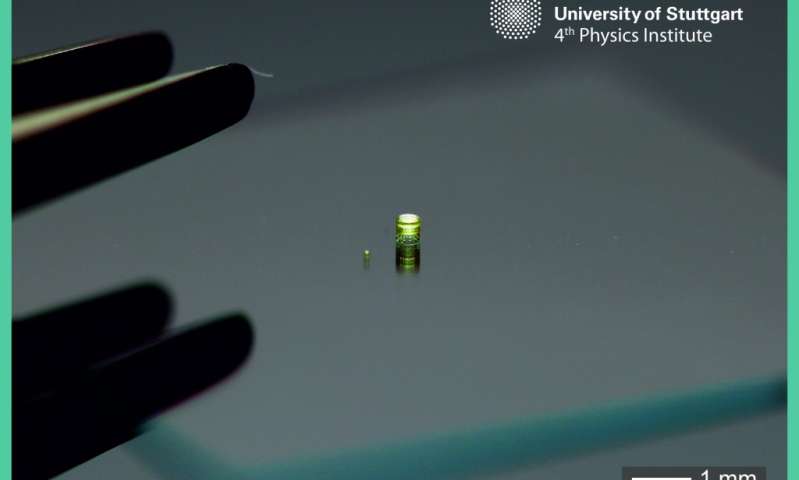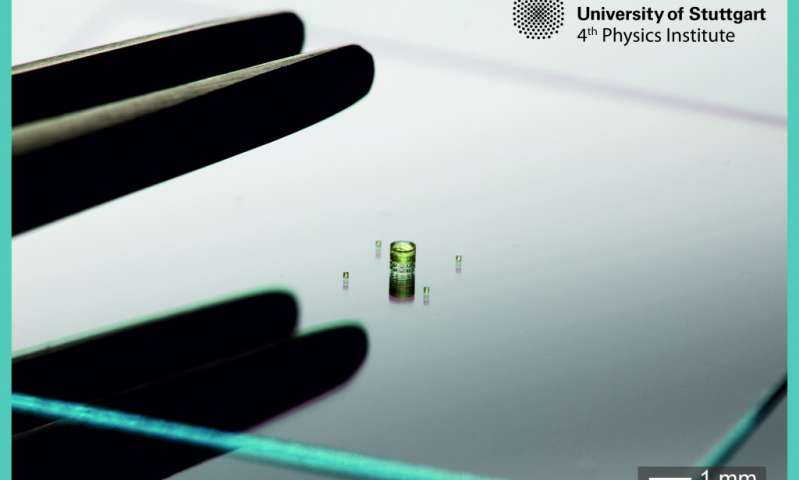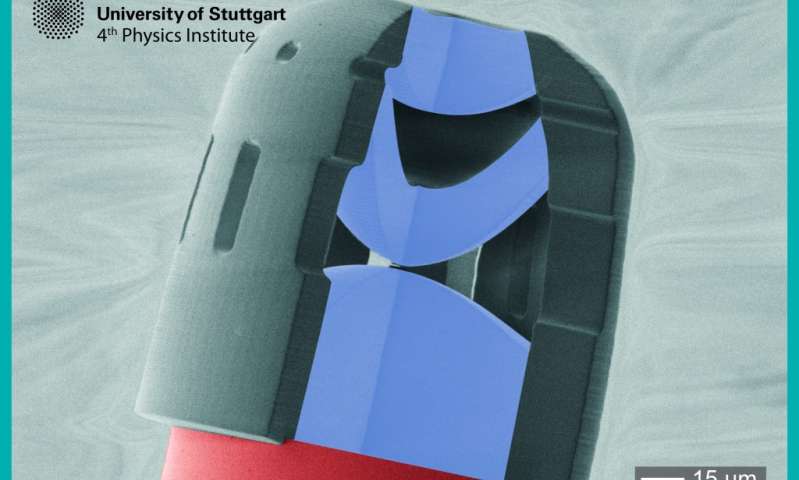German engineers have created a camera no bigger than a grain of salt, which could change the future of health, imaging and surveillance.
Using 3D printing, researchers from the University of Stuttgart have built a three-lens camera that can be attached to the end of an optical fiber two hairs wide.
Such technology could be used as "minimally-intrusive" endoscopes to explore the inside of the human body. They could also be introduced in security monitors because they are practically invisible, or in mini-robots with "autonomous vision".
It took only a few hours to design, manufacture and test the tiny "eye," which led to "high optical performance and extraordinary compactness," the researchers reported.
The compound lens is only 100 micrometers (0,1 millimeters or 0,004 inches) wide and 120 microns, including its housing.
It can focus on images from a distance of 3.0 mm, and relay them over the length of a 1.7-meter (5.6-foot) optical fiber to which it is attached.
The "imaging system" fits comfortably inside a standard syringe needle, said the team, allowing for delivery into a human organ, or even the brain.
Endoscopic applications will allow for non-invasive and non-destructive examination of small objects in the medical as well as the industrial sector.
The compound lens can also be printed onto image sensors other than optical fibers, such as those used in digital cameras.



















